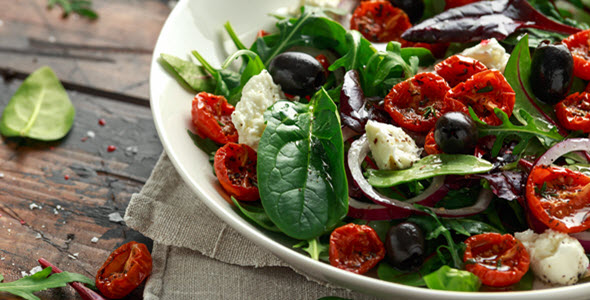By Dr. Vikrant Dutta, Senior Director, Scientific Affairs and Joy Dell’Aringa, Senior Marketing Manager
As molecular technologies evolve, the food safety industry should take a close look at how the available methods will impact the safety and integrity of their operations, and subsequently, their consumers’ food supply. Standard factors such as time to result, validations, sensitivity, and specificity will continue to lead the discussion—however, a deeper look at the chemistry is necessary as well.
Two molecular detection methods have come to the forefront in recent years: real time polymerase chain reaction (PCR) tests and isothermal chemistry-based tests, including Loop-Mediated Isothermal Amplification (LAMP). Both PCR and isothermal technologies have a place and will continue to shape the food safety industry, but when choosing between the two, amplification efficiency, internal amplification control, and sample preparation should be considered.
Amplification Strategies
Food safety pathogen detection protocols aim to find the single cell of target organism lurking in a relatively large sample. To accomplish this, molecular technologies utilize amplification strategies to increase the concentration of target DNA to a detectable level. Herein lies a key difference between the fundamentals of PCR and isothermal methods: PCR utilizes thermocycling, while isothermal does not.
PCR and LAMP are each used for variety of amplification products—Non-Specific (NSA) and Specific (target). Thermocycling allows for the PCR method to favor the target amplification over the NSA, while isothermal methods must rely on alternate mechanisms to correct for NSA. These alternate mechanisms can lead to a less controlled and therefore inefficient amplification.
→ Key Take Away: PCR methods favor efficient and controlled amplification of the target.
Internal Amplification Control
The purpose of an Internal Amplification Control (IAC) is to provide an indication of the efficacy of the test reaction chemistry. The closer the IAC is to the target DNA sequence, the better view into the inner workings of each reaction.
Legacy PCR technologies were limited to an “it-did-not-work” scenario, leaving the end user blind to the actual reason behind the failure. Over the years however, PCR methods have progressively become more robust and efficient, providing dynamic IACs, giving the end user a direct look into the compatibility of the test matrix within the PCR reaction.
Isothermal methods, on the other hand, typically do not incorporate an IAC, so the end user can be left vulnerable to false results or an “it-did-not-work” situation. LAMP technologies attempt to mitigate the absence of IAC by performing a separate, external, reaction with each test matrix. This strategy could leave the final result vulnerable to issues such as sampling variations, reagent and machine anomalies, and user error.
→ Key Take Away: PCR methods have robust IAC, providing deep insights into the reaction dynamics.
Sample Preparation
Post-incubation sample preparation must meet two criteria, regardless of which technology is used: 1) make the DNA available for amplification, and 2) remove any components that may interfere with the chemistry of the downstream detection method. In food pathogen testing, the extraction of DNA is rarely an issue; it’s the removal of the interfering inhibitors that typically pose a challenge.
Due to intensive research into PCR inhibitors and their mechanisms of action, a co-evolution of PCR reagents and assay design parameters has taken place over the years. Today, PCR chemistries exist that can work with essentially universal sample prep methods.
Isothermal chemistries, including LAMP, continue to lag in this area. The lack of controlled reaction makes it difficult to work with various kinds of food matrices, such that the technology may work with one matrix and would not with the next. Many times, sample prep methods must be adjusted for compatibility, or contingencies must be built into the sample prep, making the process more complex than desired.
→ Key Take Away: PCR chemistries allow for universal sample prep methods, minimizing error and false result potential.
Download White Paper for More on LAMP vs PCR
Choosing the right pathogen detection solution, particularly a molecular technology, is more important now than ever before. Driven by regulations, industry self-accountability, and brand protection initiatives, more and more food laboratories are testing diverse product types with novel, innovative formulations and ingredients.
When navigating the selection process, it is critical to understand the key differences between technologies and how they can impact operations and risk. We’ve provided more insight into the key differences between PCR and isothermal technologies in our white paper Food Safety Considerations when Choosing Molecular Detection Methods. Click the button below to download.
Opinions expressed in this article are not necessarily those of bioMérieux, Inc.



